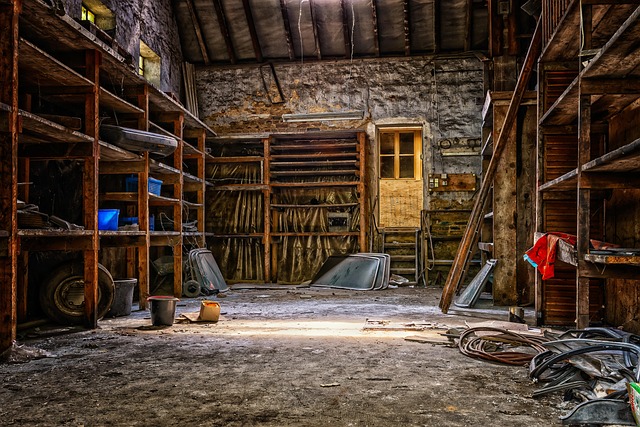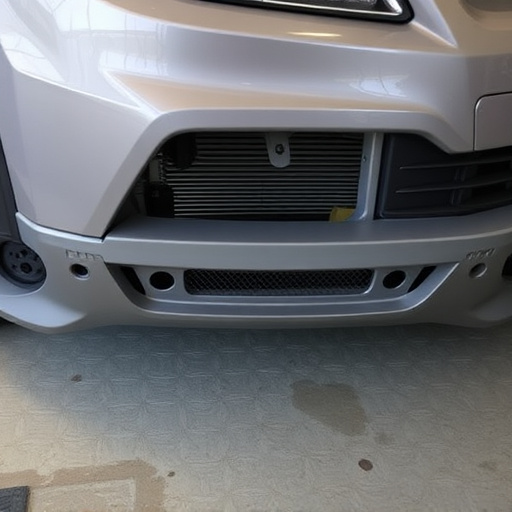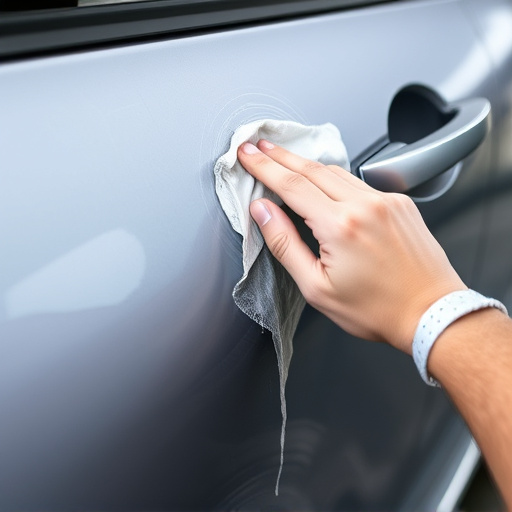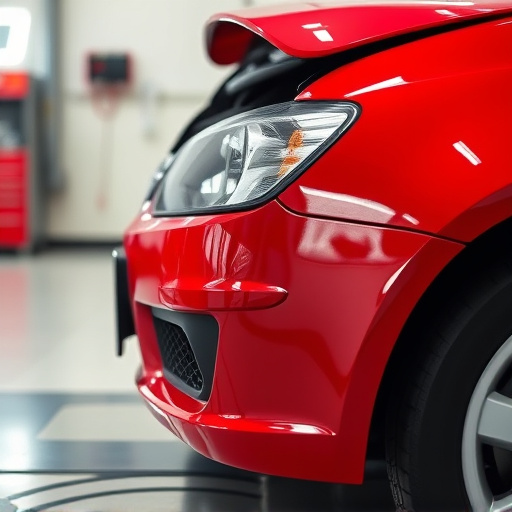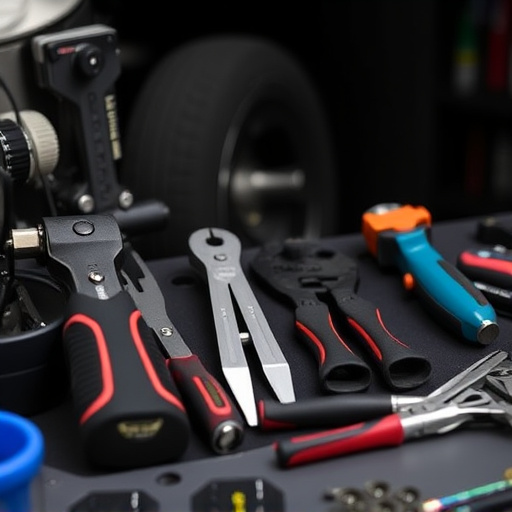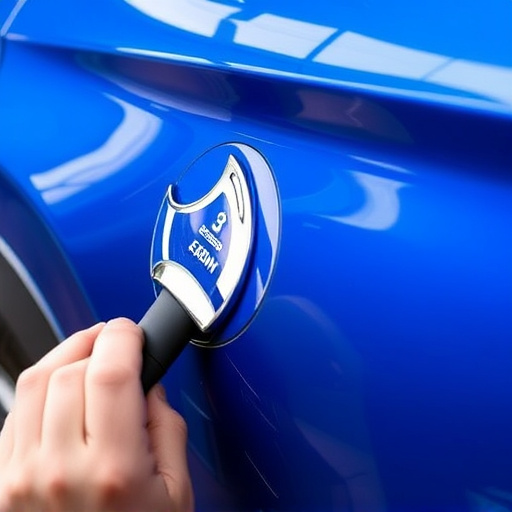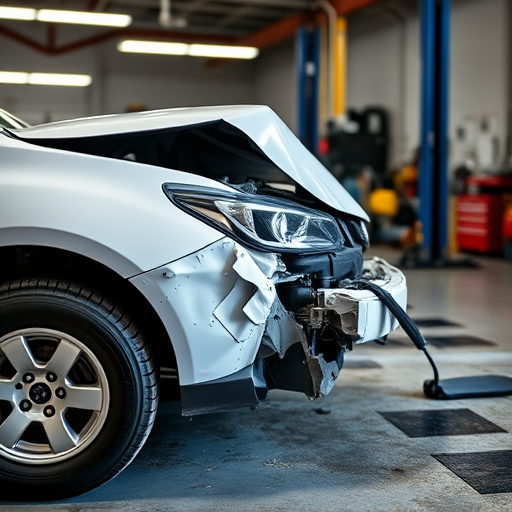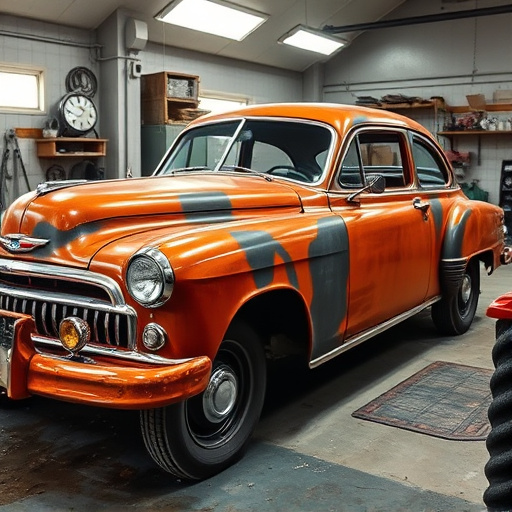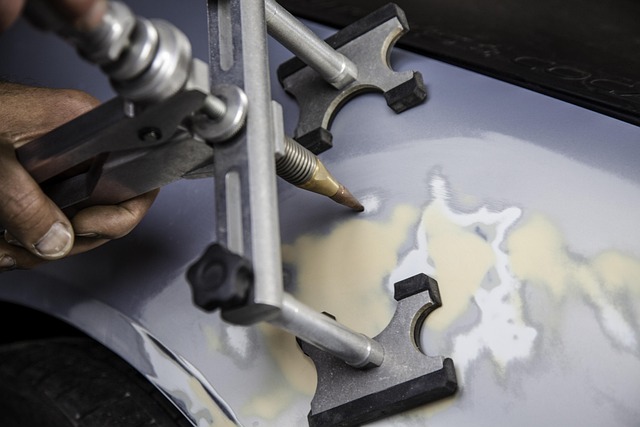Salvage auto body parts are cost-effective collision repair solutions that undergo rigorous testing for quality and compatibility across car models. Inspect them for visible trauma, dents, scratches, cracks, rust, and previous repairs. Prioritize high-quality material, avoiding deformities or poor workmanship to ensure structural integrity and long-lasting performance in auto repairs.
In today’s automotive landscape, understanding the value of salvage auto body parts is crucial. These recycled components can offer significant cost savings without compromising safety or quality. This article guides you through the process of identifying top-tier salvage auto body parts. We’ll explore essential practices for inspecting damage and wear, assessing material durability, and ensuring each part meets high-quality standards. By mastering these skills, car owners can navigate the market effectively, making informed choices while repairing their vehicles.
- Understanding Salvage Auto Body Parts
- Inspecting for Damage and Wear
- Assessing Material Quality and Durability
Understanding Salvage Auto Body Parts
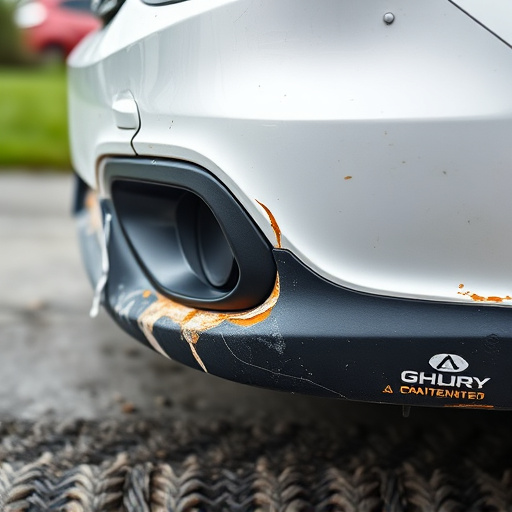
Salvage auto body parts are a crucial component in the automotive industry, particularly for those who specialize in vehicle body repair and auto collision repair. These parts, sourced from damaged or written-off vehicles, offer a cost-effective solution for auto repair shops looking to provide quality repairs without breaking the bank. Understanding the nuances of salvage auto body parts is essential for ensuring their integrity and suitability for various car models and makes.
When assessing these parts, it’s not just about price; it’s also about compatibility and condition. Reputable suppliers carefully inspect each component, ensuring they meet specific safety standards. From fenders and doors to hoods and bumpers, each piece undergoes rigorous testing to guarantee its structural integrity. This meticulous process is vital in the field of automotive collision repair, where using high-quality salvage parts can significantly contribute to a vehicle’s overall restoration and safety on the road.
Inspecting for Damage and Wear

When inspecting salvage auto body parts, one of the most critical aspects to consider is damage and wear. Start by examining the part for any visible signs of trauma or impact. Dents, scratches, cracks, and breaks are indicators that the part has been through a collision or significant wear, which could compromise its structural integrity. Check for uneven surfaces or areas where metal may have been bent or twisted beyond repair.
Pay close attention to the edge profiles and joints as well. Salvage auto body parts often need to be replaced due to damaged or improperly repaired sections. Look for signs of previous repairs, such as inconsistent paint jobs, misaligned panels, or weak welds. While some salvage parts might appear cosmetically sound, underlying damage could still exist. Thoroughly inspect the part using proper tools and lighting conditions to ensure it meets the required standards for safe vehicle body repair, comparable to professional car collision repair or car paint services.
Assessing Material Quality and Durability
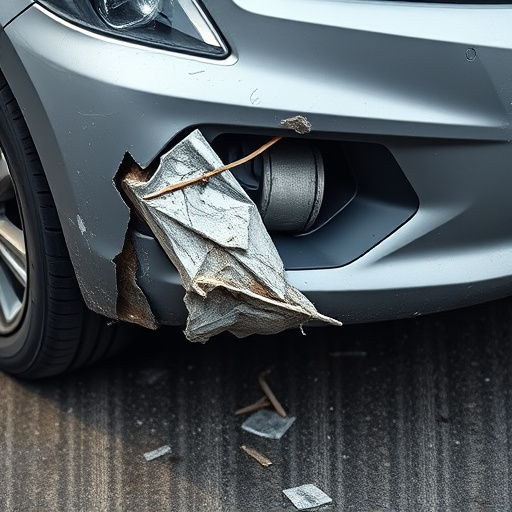
When evaluating salvage auto body parts, assessing material quality and durability is paramount. Look for signs of rust or corrosion, as these can indicate weak points in the structure. High-quality parts should be free from these issues, ensuring they can withstand the stresses of automotive collision repair and bumper repair processes. Check the integrity of the metal; it should be smooth, without warping or deformities.
The best salvage auto body parts should match the original specifications set by the manufacturer. This means they need to have the right composition and strength to seamlessly integrate with your car’s existing structure during repairs at a reputable car repair shop. Always inspect for any signs of prior damage or poor workmanship, as these could compromise the part’s performance and longevity.
When sourcing auto body parts from salvage yards, a keen eye for quality is essential. By understanding the nature of these parts, inspecting them for damage, and assessing material durability, you can ensure you’re getting top-notch salvage auto body parts that are safe and reliable. This guide has equipped you with the knowledge to navigate the process confidently, allowing you to make informed decisions and find the best components for your restoration project.
